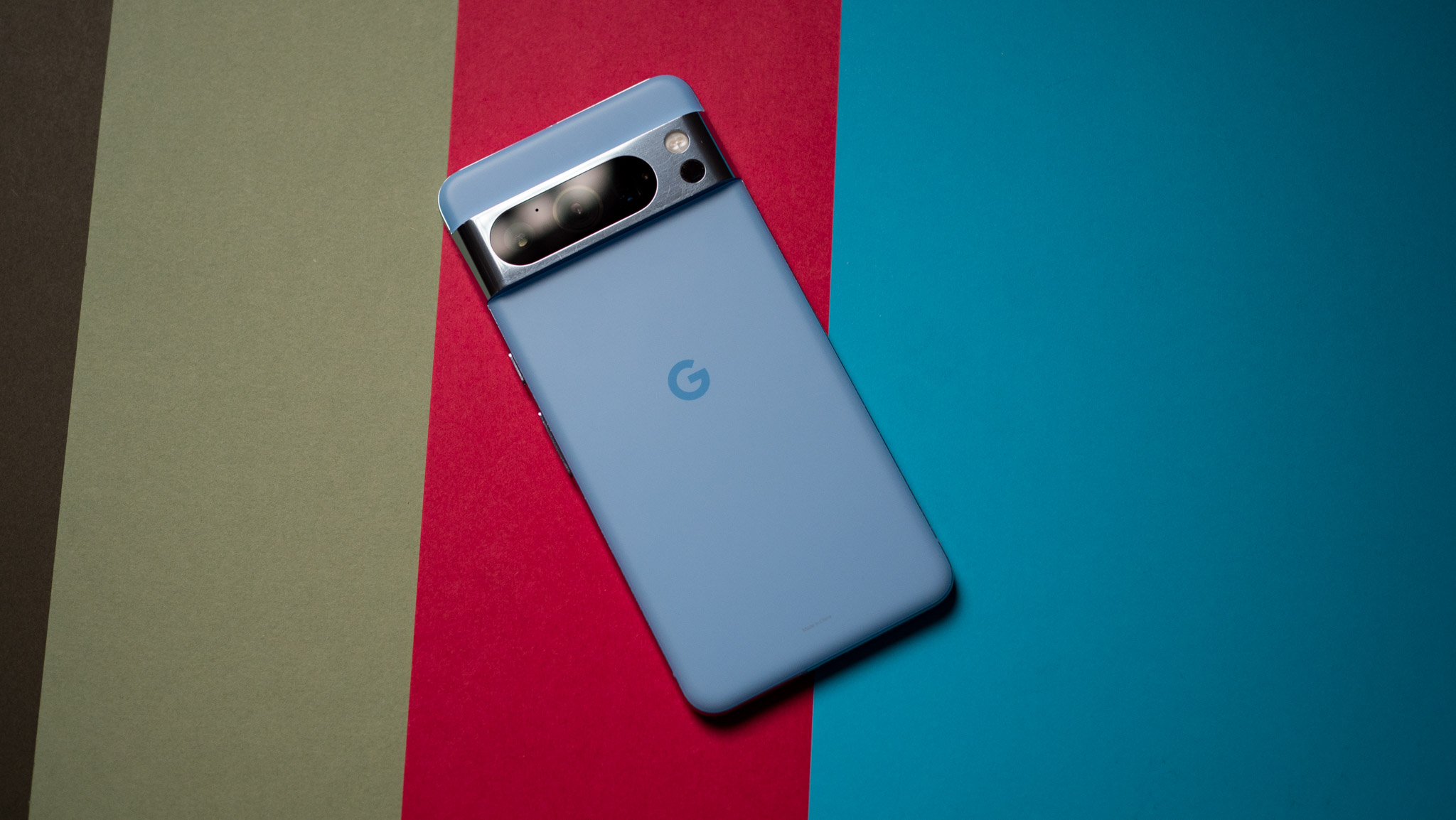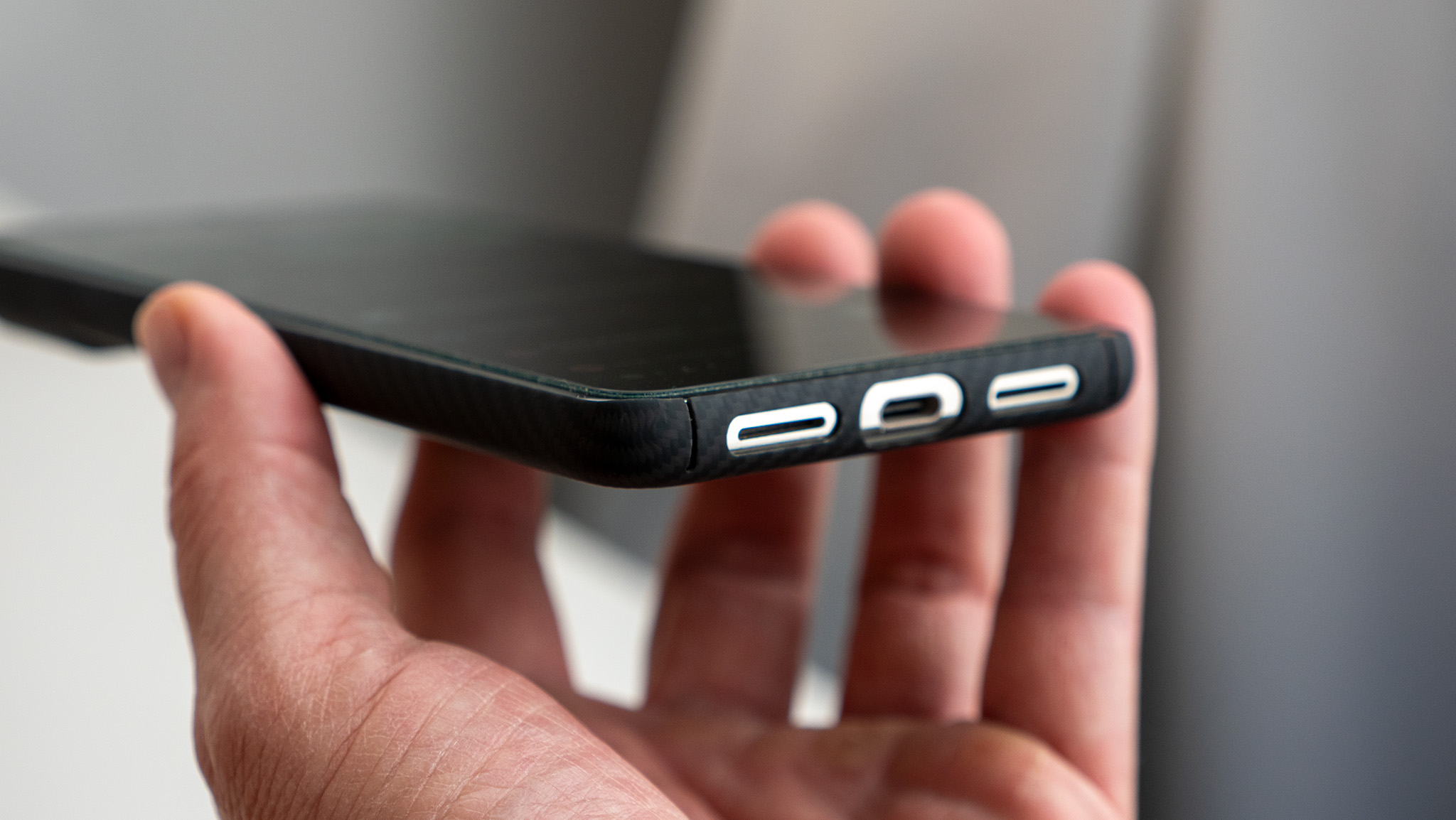
It started in the last week of December; I took my Pixel 8 Pro off the charger one morning only to see that the battery was still at 18%. I figured it might just be a case of not plugging in the cable correctly, but even as I did so, I realized the phone wasn't charging. I tried with a different USB-C cable — the one that came in the box — but still nothing. I thought it was the charger at fault, so I went into the home office and plugged the Pixel 8 Pro into the Nexode 200W, which is what I use to charge most of my devices — again, it didn't make a difference.

In Hardwired, AC Senior Editor Harish Jonnalagadda delves into all things hardware, including phones, storage servers, and routers.
At this point, I figured the USB-C port was busted, and as there was a lot of data on the device that wasn't backed up, I took out the Pixel Stand to at least charge the phone while I transferred over to another device. I meant to go back to the OnePlus Open, so I started setting up the foldable and, out of habit, connected the cable between the two devices to move data over. Somehow, that did the trick, and the Pixel 8 Pro started charging again. When I plugged the device back into the Nexode 200W, the battery started charging up.
Ever since that day, charging the Pixel has been a regular source of anxiety and frustration. While the USB-C port is still working, it has clearly gotten loose (there's a lot of play around the housing), and half the time, any cable I connect comes loose after 15 minutes or so, and the device doesn't charge — particularly when I use a phone stand.
This is just after two months of using the Pixel 8 Pro — a device that's meant to last seven years. Somehow, I doubt the USB-C port on this thing is going to last even a year, much less seven. This isn't a new occurrence on Pixels; I have used all the phones Google has released thus far, and a constant refrain is poor quality control. The oleophobic coating on my Pixel 4 wore off after a month of use, the volume button on my Pixel 7 Pro detached after four months, and the Pixel 6 Pro had similar issues with the USB-C port.

Some of these foibles were excusable in the past as Google was just getting started, but the brand is now an established player in the hardware scene, and the fact that its devices continue to have hardware issues out of the box is infuriating. That isn't the only downside of the Pixel 8 Pro; the Tensor G3 isn't anywhere as fast as other flagships, the phone isn't particularly fluid in daily use, and it throttles easily while gaming. And after two months of use, I've already used up 90% of the available storage, so I'll need to delete some data soon.
But I still use it in favor of Xiaomi, OnePlus, and Samsung phones because of the clean software and the cameras. While Xiaomi has the best camera package of any phone in the Xiaomi 13 Ultra, the Pixel 8 Pro is the outright winner at taking photos and videos in low-light conditions, and I value that more than the device's gaming prowess.
What I can't abide is hardware failures on a $1,000 flagship, and Google needs to address this issue; it cannot charge the same price as other brands while continuing to roll out phones with little to no quality control. As for my unit, I'll have to send it to a service center at some point, and I'm not looking forward to that at all — I've had enough dealings with Google's aftersales service to know how shambolic it is, and I intend to wait as long as possible before taking that route.
It's great that Google is rolling out seven platform updates to the Pixel 8 series; this is absolutely the way forward for Android as a whole, and I want other manufacturers to follow suit. However, Google also needs to make sure it is doing enough to ensure that its devices can actually last that long without breaking down, and that's an area the brand hasn't paid much attention to — if at all.







